Okay, so another must-eat when visiting Kampot isn’t in the city!
While Kampot is famous for exporting the Kampot pepper, Kep is famous for its crabs. And just eating crabs in Kep was actually the one thing I had on my mind when traveling to this part of Cambodia. Yeah, I like to eat.

I mean just check out this crab statue welcoming you to town // crab pots on deck
Now I can schedule a full day of travel around food. (You should just see my Google Maps that are filled with stars on restaurant and best-of food locations for every city I visit.) As in, if I eat something local and delicious, I feel like I’ve filled my tourism quota for the day. And that’s what happened when I planned my trip to Kep to eat crabs.
So how do you get to Kep from Kampot? Well, as I still am not adept at riding a motorbike (ehem, understatement of the year) and I’d just gotten done with a 14-hour bus ride, I decided on a more exciting – yet also relaxing – alternative to venture to the nearby city…

The Crab Shuttle
I’d seen signs for the Crab Shuttle all over Kampot and I just had to look them up.
Turns out, it’s a boat! And there’s not much I like more than a good boat ride (well, except maybe a good booze cruise, but same same). The Crab Shuttle isn’t really a tour, unless you count the laminated sheets of paper tied to each seat on the boat which detail the things that you’ll pass on your way to Kep by the minute. It’s just a fun mode of transportation captained by a Cambodian man who may or may not be steering the ship with his feet. You can bring your own beers to drink though… so in a way it has the potential to become a booze cruise. Hmmm, next time.

My new German friend, Maren, joined me for the round-trip ride down the river on the sun deck of the boat. We passed fishermen, the Cambodian navy (which consists of two gunboats, if you’re interested), and we could even see the Vietnamese island of Phu Quoc in the distance. Turns out the river route to is pretty scenic.

Beautiful and colorful, but it is Southeast Asia, so you knew that’d be the case


The Kep Crab Market
The Crab Shuttle dropped us off at the pier in Kep, where we we paid a few dollars to take a tuk tuk to the crab market docks and begin bargaining for our (still alive) lunch straight out of the crab pots.
I feel like we arrived a bit late, so we might not have gotten the biggest and best crabs of the day, but we negotiated them to $5/kilo and even received a couple of free ones. This brought our haul of crabs to a total of two and a half kilos… which, in case you are wondering, was WAY too much for us to eat. I’d read to pick out male crabs if you prefer more meat and no eggy guts. That means go for the Washington Monument shape on the abdomen and not the Capitol Building, or pointy rather than dome-shaped for the non-US folks and those who didn’t go to summer camp at the maritime museum.
The women do all the bargaining here. You’ll see them waiting on the docks with their crab pots when you roll up.

really get in there, pretend like you know what you’re doing, smile
After purchasing our crustaceans, they directed us over to the lady who would boil our crabs. I think we paid her $1 or $2 per kilo and then handed them over. This woman has possibly the hottest job on the planet: fully dressed in 100 degree weather, stoking fires, and tending to boiling pots of water all day, I have no idea how she does it. Respect.

My one regret: Though our crabs turned out sweet and delicious, I so wish we would’ve tossed a kilo to the man who fries them up in a chili pepper sauce… dammit. It all just happened so fast!

this guy
The Eating of the Crabs
Our crabs were returned to us in a plastic bag, and we picked a table beside a stall selling sugar cane juice. They let us sit because we bought some of their sweet, bright greenish-yellow drink. It’s surprisingly refreshing! Though a beer would have been the preferred accompaniment, I was still nursing a sensitive stomach.

I went scouting for spicy sauce to dip the crabs in and got a little plate of it for free from one of the stalls selling other grilled seafood (just in case, God forbid, you’re not into crabs you heathen). And then we began picking.
I thought I’d be able to give my German friend a lesson in how to best crack these crabs open, but it turns out I know nothing compared to the Cambodian man and his girlfriend sitting next to us. They noticed our struggle and gave us a play-by-play lesson on how to best get the crab meat out.

these pics aren’t staged at all. also, are we dressed alike?!
Grateful, we then set about eating crabs for the next hour until we couldn’t possibly eat anymore. As a thank you, when we left we gave the rest of our crabs to the couple, who readily accepted. And my hands smelled like crab for days…

We tuk tuk’d it down the road, passing monkeys on the way, and finished our last hours in Kep with a swim off of the blazing hot beaches. The ocean felt like bathwater.
Soon enough, we boarded our vessel back to Kampot. It ended up being the perfect time to see tons of fishing boats heading out for the evening. We watched the sunset while chatting with fellow travelers that we picked up in Kep.


And then the sky turned this color.

will somebody please help me with the art of taking/editing sunset pics?
Yep, this was pretty much the perfect day of culinary tourism for me. A little culture, a lot of food, and a boat ride, plus beaches and an outrageous sunset… um, what more could I ask for?! (Okay, besides beers. I hear you.)




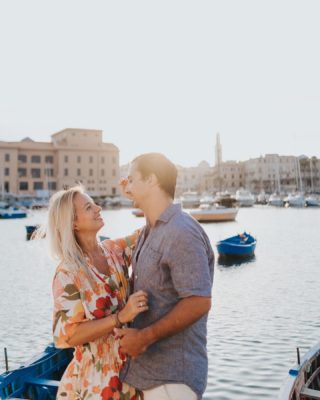
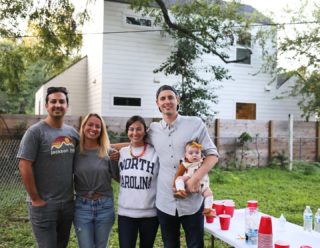

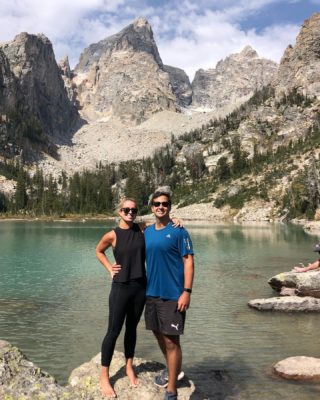
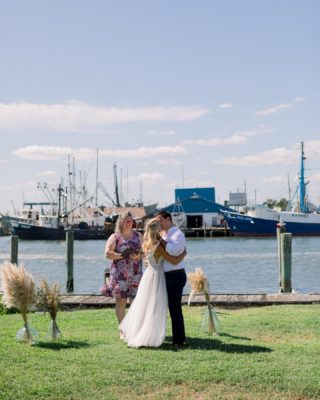
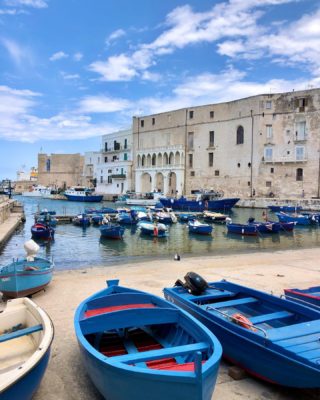
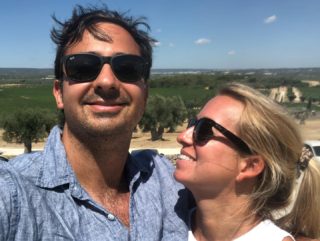
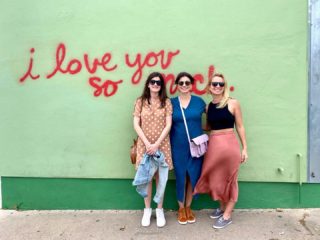
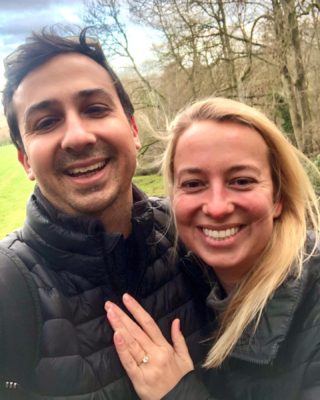
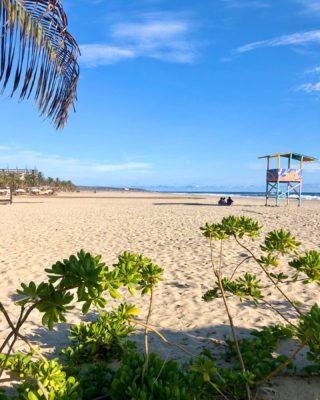
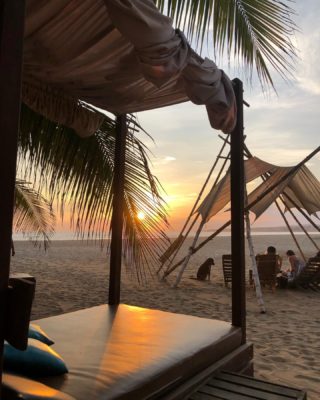

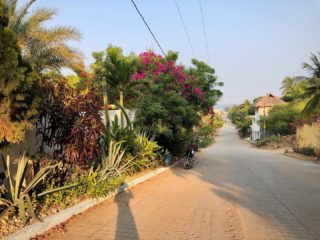
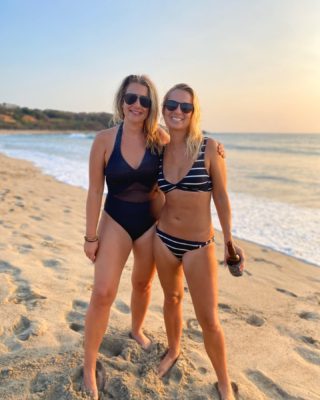
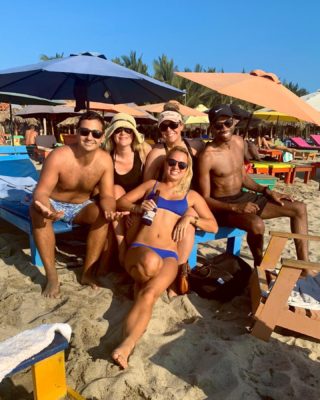
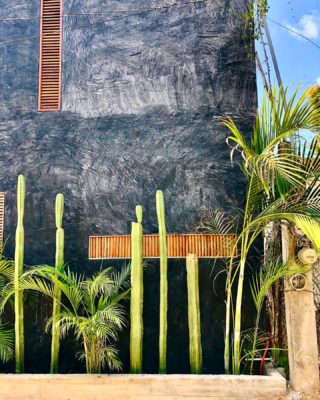
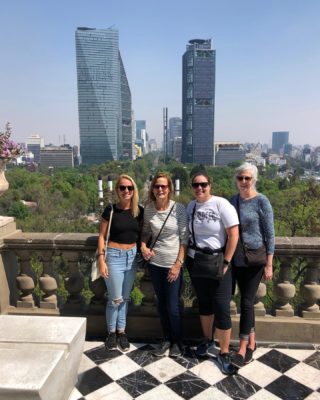
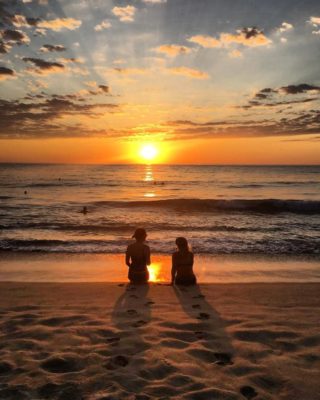
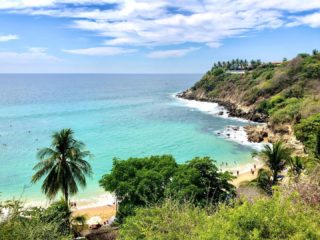
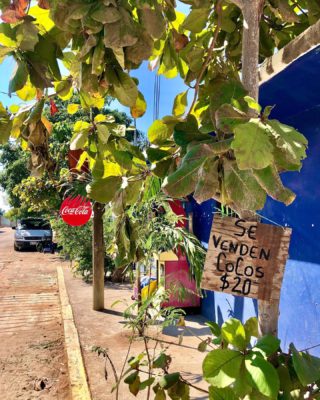
“As in, if I eat something local and delicious, I feel like I’ve filled my tourism quota for the day. ” EXACTLY how I felt in Penang, everyday. I spent a little time but never made it to Kep — so sad I missed those crabs!!
Haha you get me – when you’re traveling for so long, you can’t possibly do big touristy activities every day. And oh man, Penang… There were some days there I did nothing BUT eat.